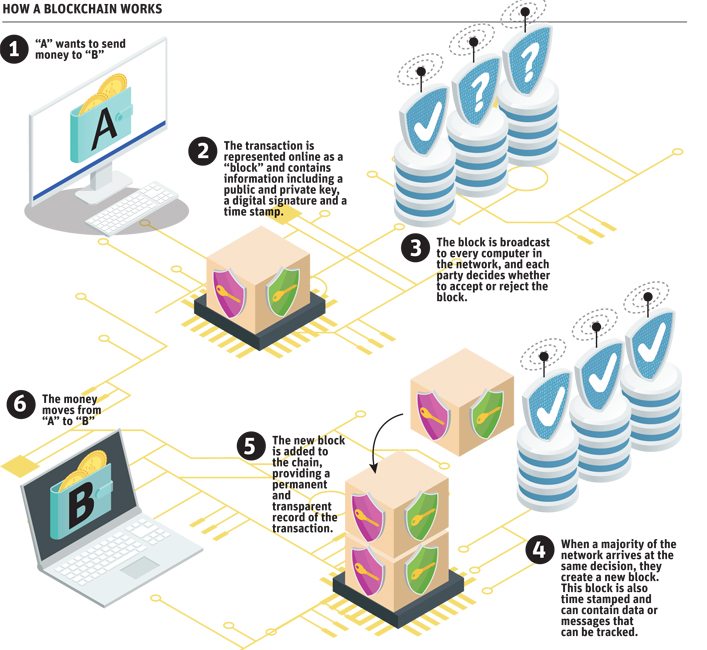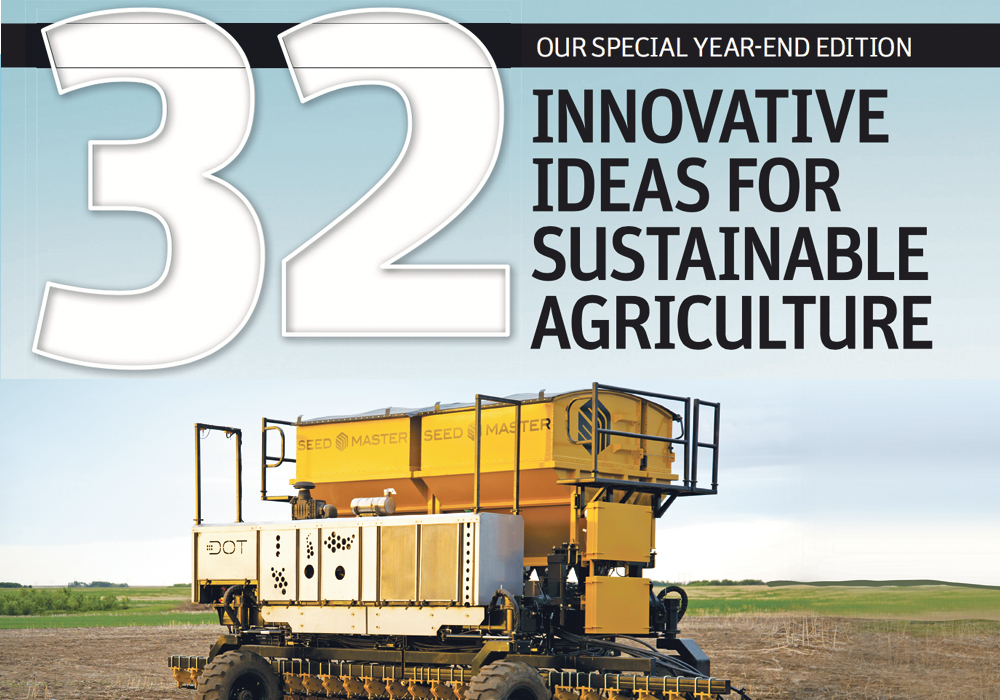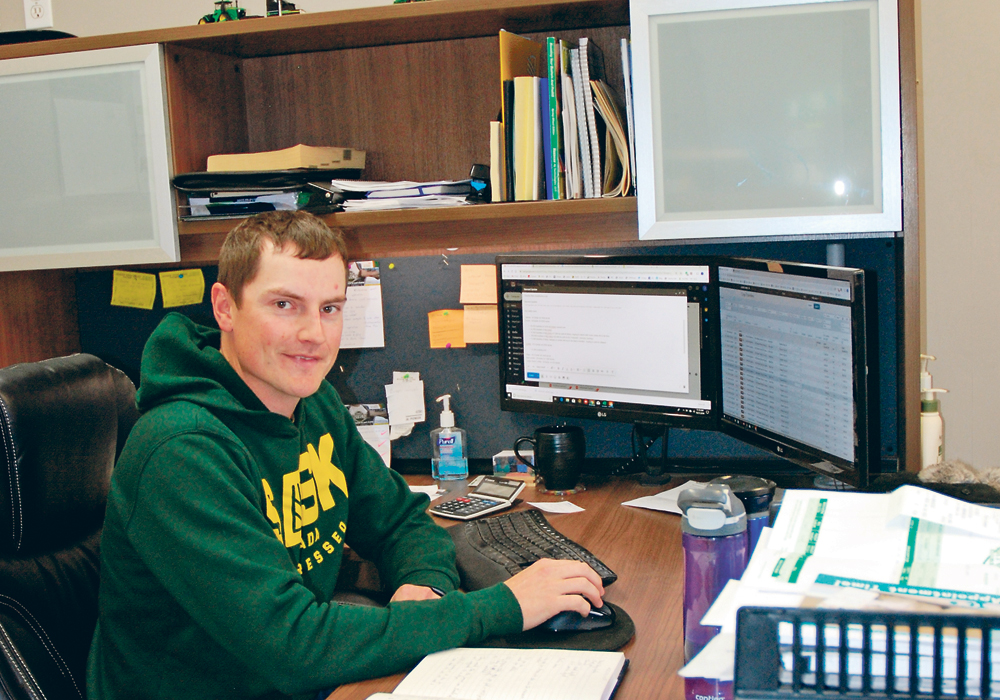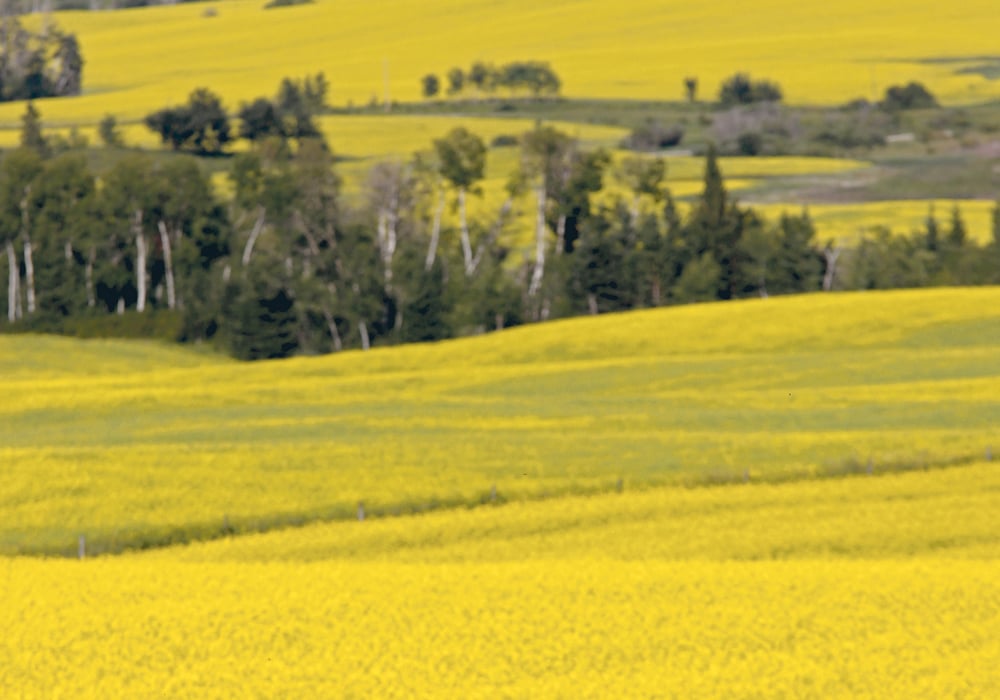There’s one thing people tend to agree on when it comes to blockchain: it’s hard to get your head around it.
Yet blockchain looks likely to play a huge role in the future of agriculture, potentially in food traceability and in other ways.
In simplest terms, blockchain consists of digital records that are time stamped, linked and encrypted so they can’t be modified without knowledge and approval from everyone who provided the data. New data is added according to a protocol that can be verified by others in the chain.
Read Also

Farming Smarter receives financial boost from Alberta government for potato research
Farming Smarter near Lethbridge got a boost to its research equipment, thanks to the Alberta government’s increase in funding for research associations.
Thus, the chain is managed by those involved, without need for an independent third party to verify changes. It’s a ledger that everyone on the network can see.
Bitcoin is the most well-known example of the blockchain concept.
Other stories in The 2017 Innovation Issue:
- New genetic tools offer way to restore cattle vigour
- Technology can help breed better cattle
- Biotech companies prospecting for microscopic gold mines
- Bee buzzes critical to calculating crop pollination
- Fungus could aid plant growth, reclaim oil sites
- Cracking the megapest genetic code
- Genetic mapping vs. genome sequencing
- French robot prowls the chicken coop so you don’t have to
- New laser technology proves successful for B.C. orchard
- High-tech deterrent devices protect crops from … intruding elephants?
- Diamondback moths focus of Cornell study
- VIDEO: Print your own parts?
- Bees may be serving up humanity’s next big food … and it isn’t honey
- Big doubts about big data
- The little plane that did
- Soil mapping soon to be more usable
- Managing fields could soon move to plant level
- GM pollen: it gets around
- Autonomous vehicles not on the radar for most farmers
- Farm wi-fi connectivity opens new world of possibilities
- Nanotechnology to alter animal health, food systems
- As big data comes to the farm, are policy makers keeping up?
- Farmers not rushing to grab digital tools: survey
- Connecting the DOTs
- Hands-free field test
- Researcher understands farmer doubts about hands-free farming
- The trouble with telematics
- Sensor sensibility
- The discovery that could shake up the beer industry
- Grow your own clothes
- Supercluster makes big innovation pitch
- Quicker, cheaper biofuel production in the works
- Alternatives to livestock antibiotics are difficult to assess
- A revolution is coming
In agriculture, the most obvious use is in food traceability and the meat production chain in particular.
Aidan Connolly, chief innovation officer with international animal health company Alltech, called blockchain “one of most exciting of potential technologies.”
“I think that has tremendous implications for agriculture. We have not typically, as farmers, we have not liked people knowing exactly where our cattle come from. At the same time, when there’s a disease, we want to be able to trace it back,” said Connolly.
Verifiable records and traceability will preserve and restore consumers’ confidence in the food system, he added, because any instance of food contamination can be traced and swiftly addressed.
“Blockchain is a technology that allows us to do so in a manner that keeps us comfortable that we’re not giving away all of our secrets and therefore perhaps not trading away our margins to the end food retailer, but at the same time making sure that if something does occur … that we can actually find out where that occurred, what it is we need to do to stop it happening again.”
Michael Boehlje, an agricultural economist at Purdue University, said agriculture is running behind some other industries in its use of blockchain. The diamond industry, for example, is using it to trace the source of gems to ensure they have been mined legally by the intended workforce.
“I think that this whole issue of traceability and food safety will be probably the biggest impact that blockchains have on the agricultural sector,” said Boehlje.
Banks and multinational retailers are also using the technology, added Connolly.
“I think when you see people like Walmart getting behind blockchain and using it in countries like China and being so impressed by its potential that they then start taking it to the United States and elsewhere, I think you can see what the possibilities are.
“Traceability is a fundamental part of our future.”
Writing for DecisionNext, a San Francisco-based market forecast company, its sales and marketing director Janette Barnard referred to blockchain as the missing link in the food chain. Her white paper can be found at bit.ly/2BMnuDR.
Though Barnard indicated the technology is in “the infantile stages” for use in food, it could address challenges including traceability, food safety, price discovery and food waste reduction.
On the traceability file, she said blockchain could allow the industry to track many different meat characteristics from gate to plate: place of a meat animal’s birth, how it was raised, what it was fed, where it was processed and the path it took to a meat tray in a retail store.
That same pathway lends itself to food safety.
As for price discovery, Barnard said in her paper that “if enough participants throughout the supply chain decided that price transparency is critical to the market, then blockchain could serve as an ideal mechanism for capturing accurate prices, storing them, and providing price transparency to appropriate participating parties.”
Blockchain could help reduce food waste by giving more immediate information on the demand for meat products so only the required amount would be delivered.
However, Barnard noted in her conclusion that successful use of the technology depends on collaboration and the willingness of everyone in the chain to participate.


















